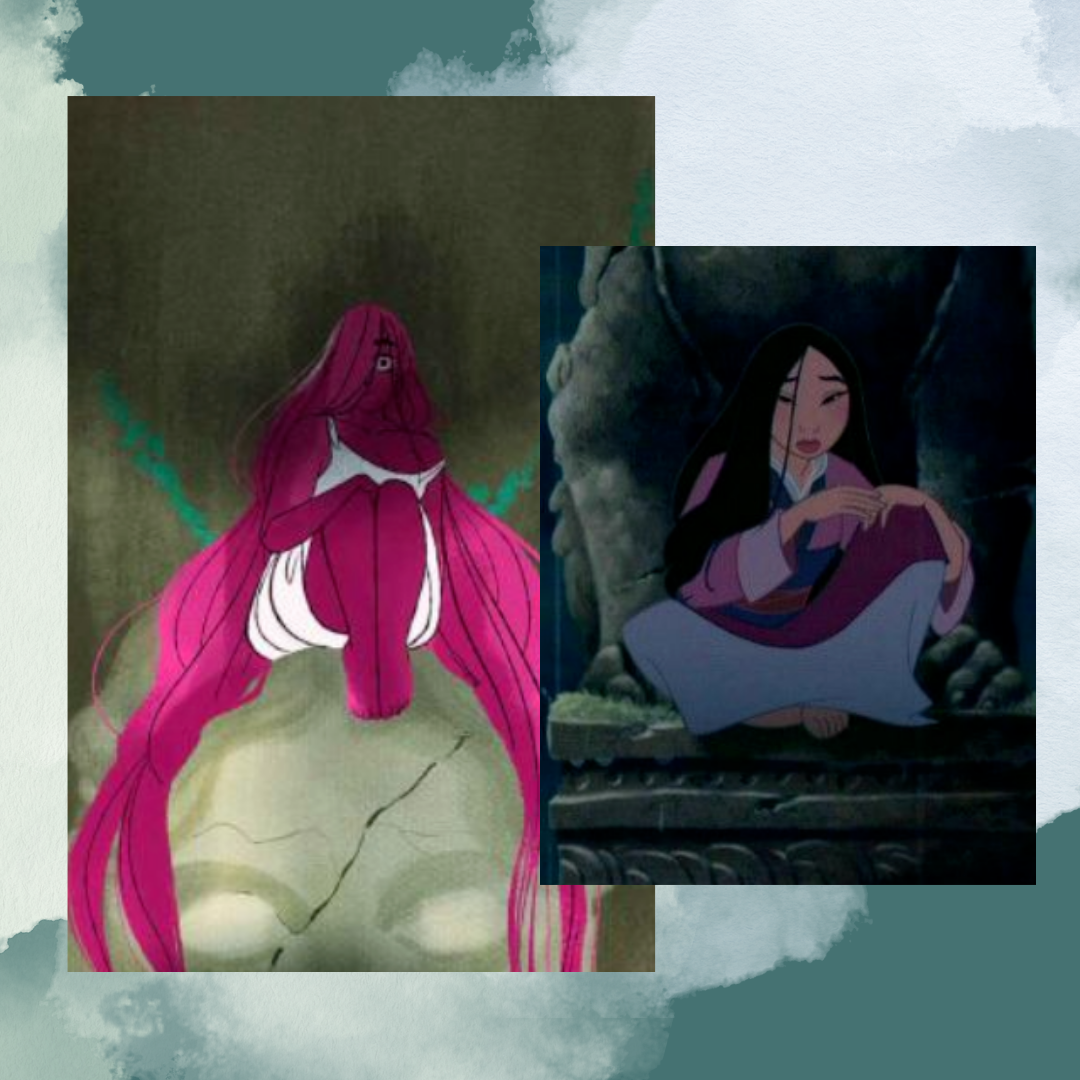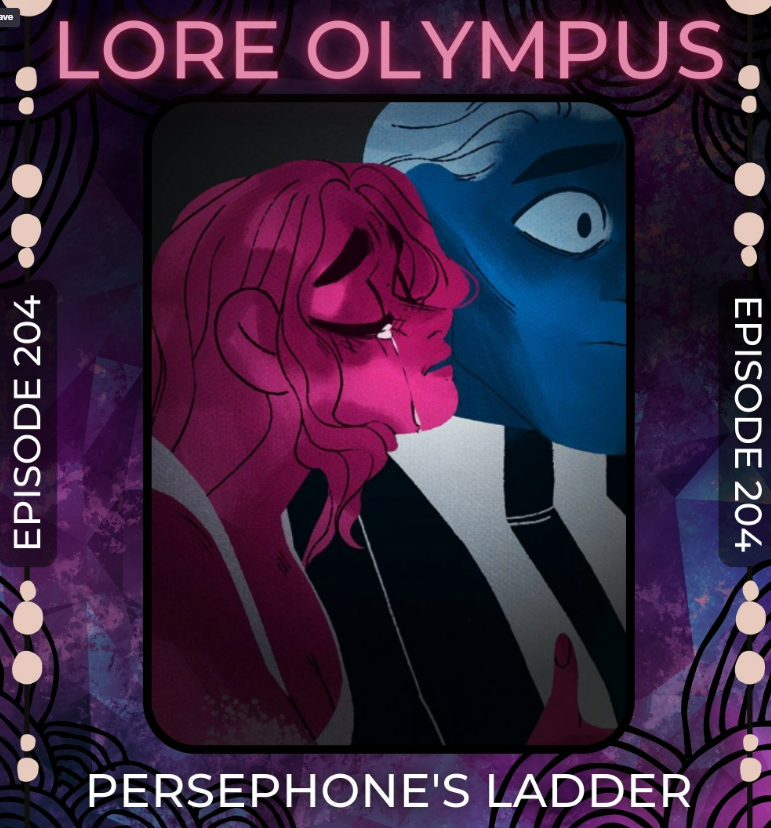Editor: Bre BoswellReleased: 15 November 2020
Persephone prepares to tell her side of the story regarding the Act of Wrath. Hades sits across from her with a recorder and taking notes. She begins with her childhood.
She was born to be the Goddess of Spring but was also born with “a feeling” she tried to ignore. She enjoyed her work and mastered her mother’s version of Spring.
From then, every day was the same and the voice harder to ignore. Her powers had nowhere to go, and her mother didn’t want others to see her, or what she could do.
“It’s like my powers have nowhere to go.”
Persephone

“The frustration to be hidden in plain sight. The fear of only being known as a cereal mascot.”
Persephone moves on to discussing how the Act of Wrath happened. That she told the flower nymphs, her “first friends,” to leave her alone right before they died.
She ran to their garden and shouted at the mortals who dug up the bushes, but the men shoved her to the ground, unafraid of her as a minor goddess.
The final image is Persephone seeming to grow larger with red eyes explaining to Hades, “the feeling could not be stopped.”
She wonders if Demeter was afraid. She says she’s glad Hades saw her “version” of Spring, and that she’d gotten in trouble for letting it get too out of control that year. Her mother put her in more school activities to cheer her up or keep her busy.
The feeling grew stronger. She mentions how the cereal brand was frustrating because she was hidden in plain sight.
A small flower grows in her water glass as she talks.

WHAT WE LEARNED:
EASTER EGGS & OTHER FACTS
Barley has played a role in the story since the beginning, as part of Demeter’s corporate moniker “Barley Mother.” Historically it is one of the first ever crops cultivated by humans.
It’s likely been in many of Demeter’s headpieces and earrings throughout the series. In episode 192, it also appears in Persephone’s headpiece. This is a time where she is dirty and tired, having worked 10 years and never passing Zeus’ inspection. Could her barley headdress and green hands symbolize Persephone trying her best to do Demeter’s work, while sacrificing her own destiny/purpose?
Introduced in episode 192, two hydrangeas form Persephone’s hairstyle as she takes over Demeter’s job in the mortal realm. The meaning of this flower are many including: apology, unveiling, gratitude, understanding, and devotion to a noble cause. If a soil is acidic, it turns the flower blue, a color (in Victorian society) that symbolized frigidity.
Introduced in episode 192, a lilac is in young Persephone’s hair as her mother peels apples. They can symbolize memories and first emotions of love, which is pretty spot on! Additionally, in greek myth, the lilac was created when the god Pan, in love with the nymph Syringa, pursued her through the forests. Afraid of him, she transformed into a lilac shrub to disguise herself. The story is quite similar to Daphne’s origin story and the concept of Demeter’s home as a place of refuge for nymphs.
periwinkle/catharanthusoften represents early friendships, sweet memories, and harmony. These are seen in young Persephone’s hair when she recounts how she created her first friends, the flower nymphs. The light blue spotted color in the nymphs resembles the color periwinkle.
gypsophila is a small delicate bunch of tiny, white flowers. Beyond being used as fillers in bouquets, it can symbolize innocence and a pure heart. These appear in Persephone’s hair as she tells Hades her “truth” about the Act of Wrath in Episode 131.
Both seated atop a statue, Mulan struggles with a decision about her future in perhaps the same way Persephone struggled with her powers.
OTHER EPISODES:
Morpheus, the Goddess of Dreams, introduces herself while another mysterious figure lurks in the background.
On their way to Tower 1, Persephone and Zeus have a heart to heart about relationships, while a strange new character follows closely behind.
Slinging bolts and history, Zeus and Persephone move deeper into the Underworld in the team up none of us expected.
Athena has some truth bombs for her father and Persephone finds herself in a very dangerous situation.
Concerned that all is not well in the Underworld, Persephone defies Zeus and starts her descent home.
Artemis has been struggling with what has been hidden from her for so long. She makes an unexpected request from Zeus.
Immediately following the verdict, Persephone abruptly begins her sentence in the Mortal Realm. Luckily, she's not alone.






















The Dread Queen has arrived, and Kronos is not prepared.